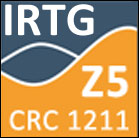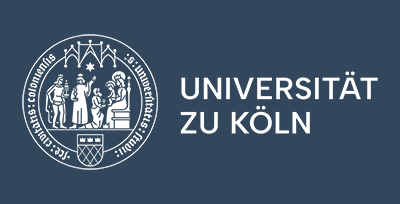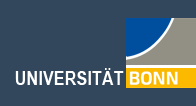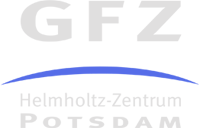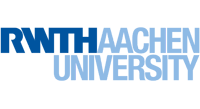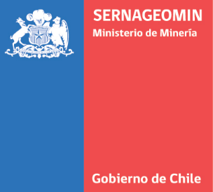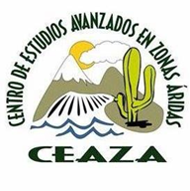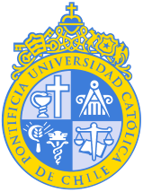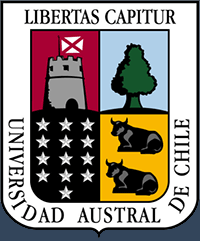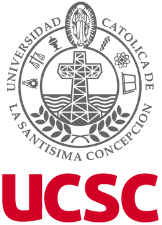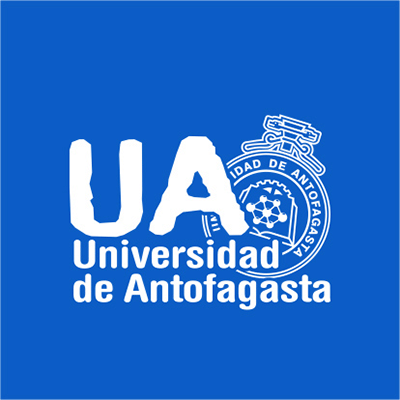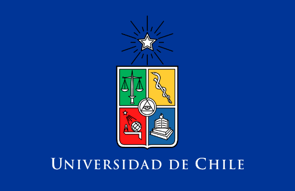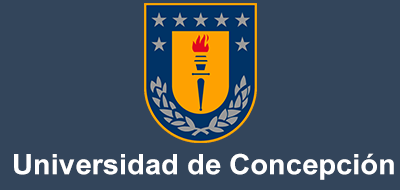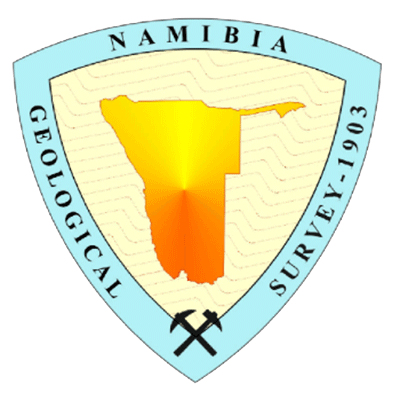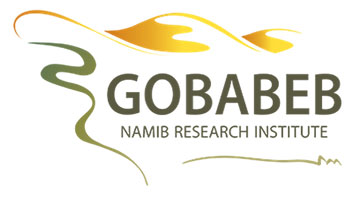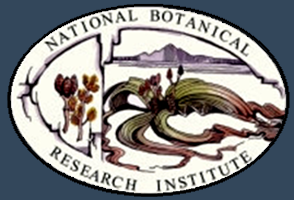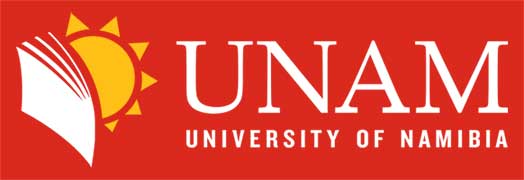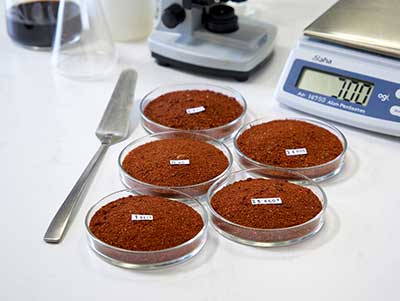
| Topic: |
Determining the contribution of microbial necromass in soils of the Atacama Desert |
|
| Instructor: |
Ramona Mörchen |
|
| Date: | 10th Dec 2025 | |
| Time: |
09:00 - 17:00, yes we make a lunch break at 12:00 |
|
| Location: |
Institut für Nutzpflanzenwissenschaften und Ressourcenschutz (INRES) |
Short abstract with content covered during RTD:
Previous work shows that organic matter and signatures of microbial life exist ubiquitously in diverse habitats of the Atacama Desert, even at the driest locations (Mörchen et al. 2019; Knief et al. 2020). However, the detection of marker genes alone leaves largely open to what extent and which of the microorganisms in these habitats are metabolically active, dormant but viable and activated upon water availability, or if we frequently detect DNA or PLFAs of dead cells, representing traces of former life. During the RTD we want to focus on how to determine the microbial necromass which is based on the detection of amino sugars (glucosamine, mannosamine, muramic acid, galactosamine), which are characteristic constituents of microbial cell walls (Amelung et al. 2008; Hu et al. 2023). This allows to assess the abundance of bacterial vs. fungal necromass and therewith microbial residues in organic material, because more than 90% of the amino sugars are found in dead cells (Zhang and Amelung, 1996; Liang et al. 2019; Hu et al. 2023).
Previous experience: General lab experience.
What you need to participate in the course: Nothing.
Maximum number of participants: 5 (first come, first served).
PhD candidates of the CRC have priority to participate. Left spaces can be filled up by interested Postdocs of the CRC (write an email beforehand, if interested).
Registration: Register by e-mail to This email address is being protected from spambots. You need JavaScript enabled to view it. 31th Oct 2025.




